 |
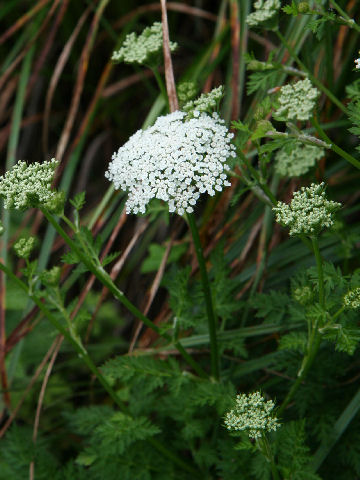

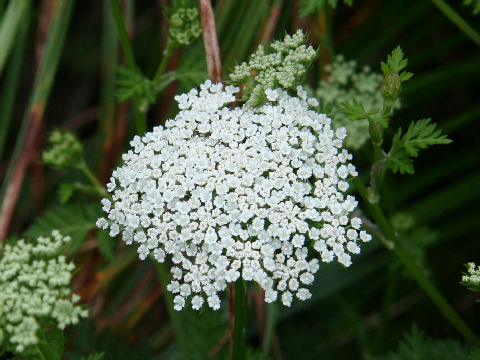

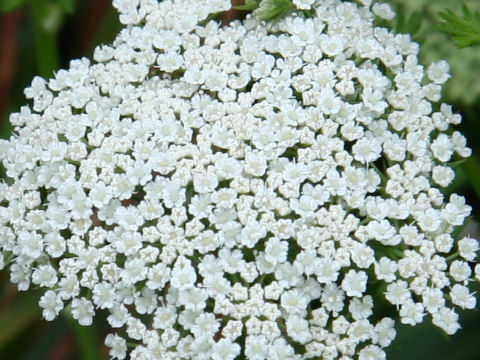

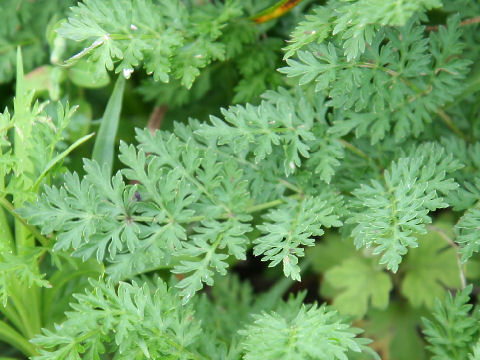

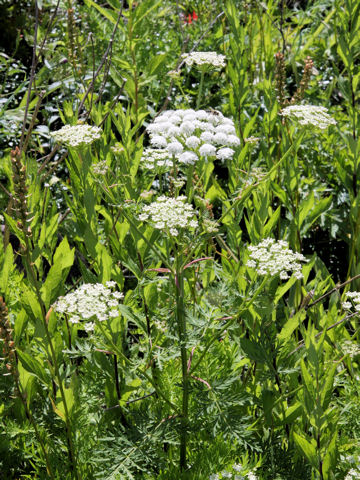

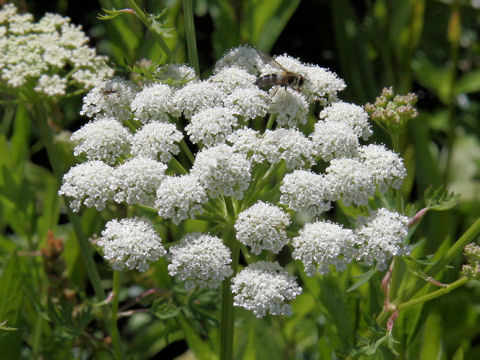

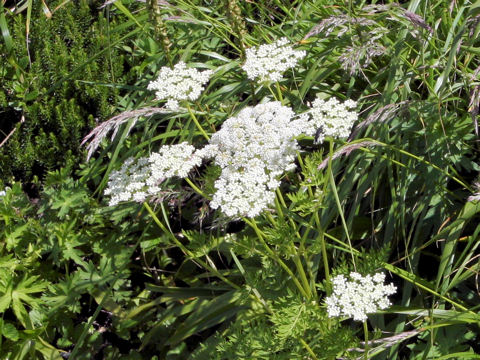

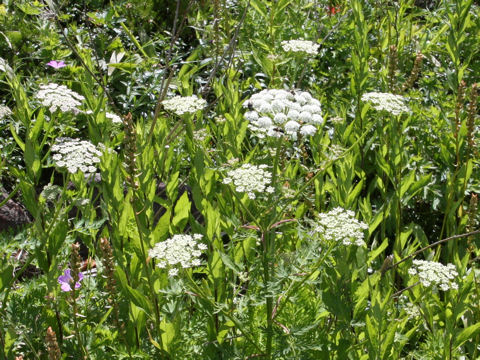

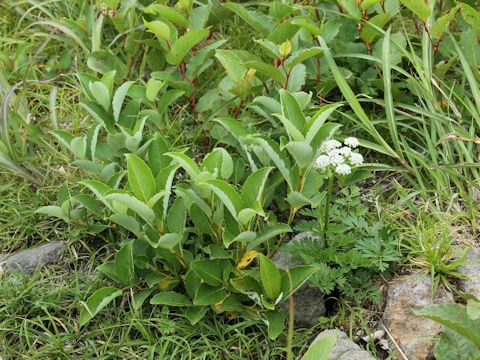

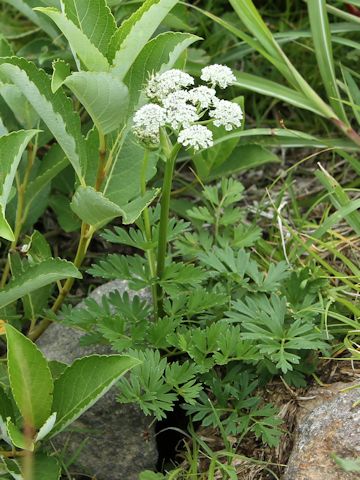

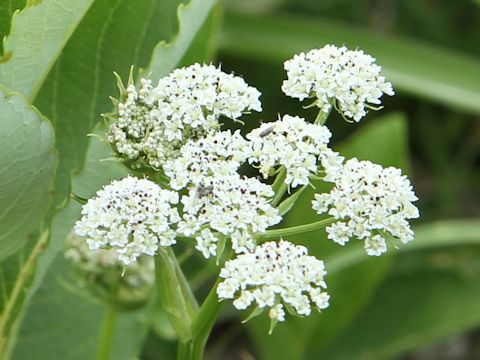

|

|
íªÌ{BAßEnûÈk©çkC¹A»êÉ©N¼ìɪzµÄ¢Ü·BRÑÌú½èÌÇ¢nɶ¦A³ÍSO`XOZ`ÉÈèÜ·BtÍQ`RñïHó¡tÅA¬tÍHóÉ[ô¯Ü·BV©çX²ëAs¸É¡U`Ôð¾µA¬³È¢Ôð穹ܷBa¼ÍA ê§ÌÉRÉà èA×ðh®±Æ©çB±ÌªÍuahiíÚ¤Ó¤jvÆÄÎêÄA×òɳêÜ·B
|

|
ZÈCuL{EtE®Ì½NÅAw¼Í Libanotis coreanaBp¼Í èܹñB
|

|
The "Ibuki-bofuu" (Libanotis coreana) belongs to Apiaceae (the Carrot family). It is a perennial herb that is distributed northward from Kinki district of Honshu to Hokkaido, as well as the southern Korean Peninsula.This herb grows in sub-alpine, sunny grasslands, and can reach 40-90 cm in height. The leaves are odd-bipinnate to odd-tripinnate compound, and the leaflets are deep-lobed palmately. The compound umbels are borne at the tip of stems, and the white small flowers bloom from July to September. The rootstock is called "Wa-bofuu" and used as a cold medicine.
|

|
[ãEP`R] ê§Ä´sãìuÉRvÉÄA2006N0727úBeB
[S`V] ·ì§Rmà¬uÙRRA¨vÉÄA2010N0725úBeB
[W`XEº] sy·ò¬uòy½vÉÄA2013N0720úBeB
|












